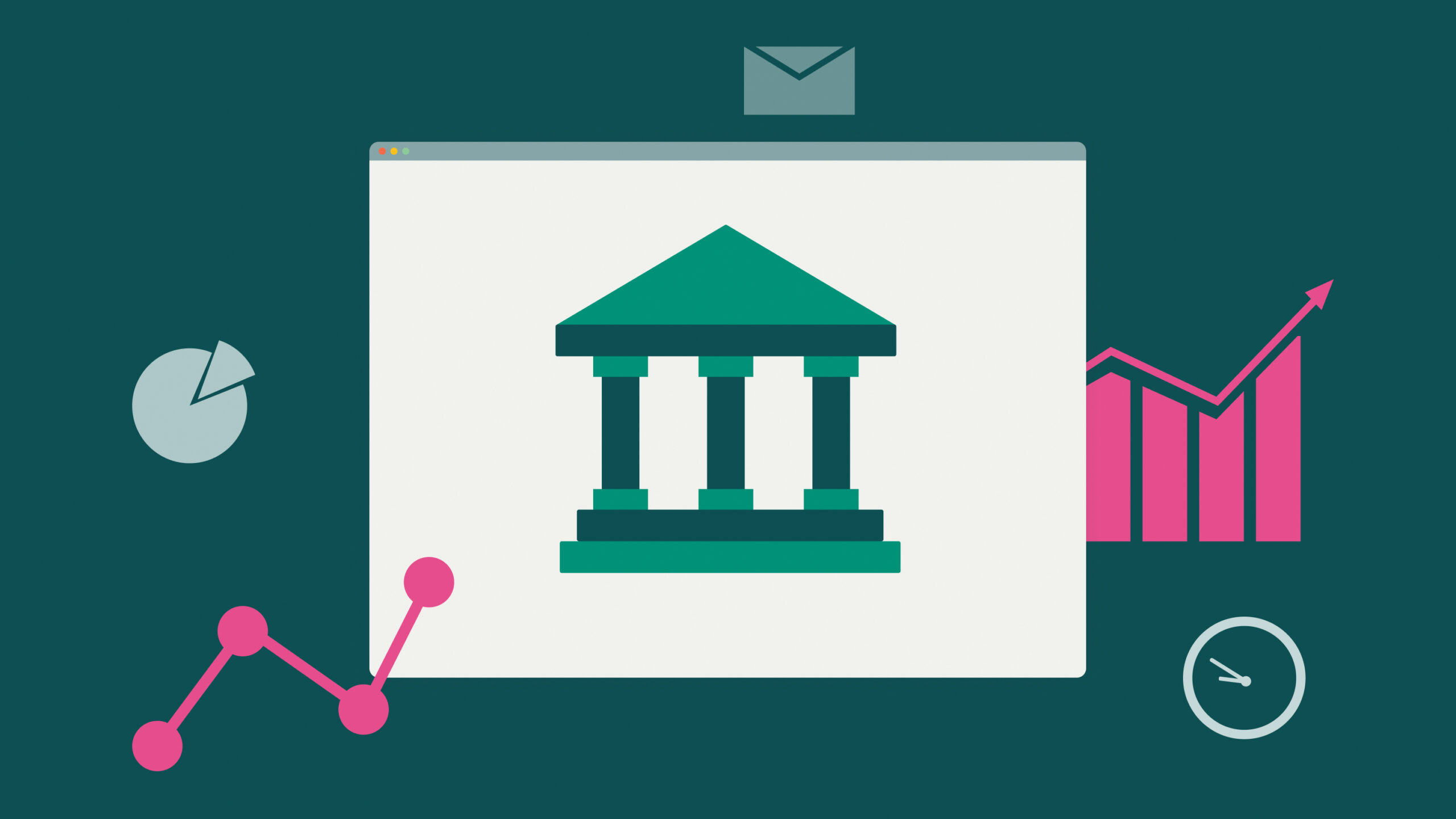Estimated reading time: 8 minutes
A strong online presence in today’s digital age is crucial for businesses like yours. But, with millions of websites competing for attention, standing out from the crowd poses an obstacle. To overcome this challenge, you must incorporate user-centric website tools into your design process.
Related Links
This article explores what user-centric site tools are and how they can help improve your site’s online visibility. It lists some of the most popular website tools and how they can elevate your online presence. We will also discuss the benefits of using these tools to make your site visually appealing and user-friendly.
Finally, we will share with you some of the best practices for using these tools to create a site that puts your brand in the spotlight. Let’s begin.
What Are User-Centric Website Tools?
User-centric website tools are software applications that help designers and developers create websites focused on the needs and expectations of the end-users. By leveraging these tools, you can increase visitor retention and engagement, resulting in greater chances of converting them into leads and customers.
Having a good understanding of the types of tools that are available can direct you towards the right investment decisions. Let’s take a look at your options.
Here are examples of types of tools you can use to create a seamless website visitor experience:
- Heatmap And Click Tracking Tools: Show how users interact with their website by tracking mouse movements, clicks, and scrolling behavior. This information can help businesses identify areas of the website that are causing confusion or frustration for users.
- A/B Testing Tools: Test different versions of your website to see which performs better to optimize your website for maximum effectiveness. Elements you can test include layout, design, or copy.
- Chatbots: Automated chat systems that provide instant customer support. Setting chatbots to answer common questions and providing assistance in seconds helps your business improve customer satisfaction and reduce support costs.
- Content Creation: Produce and publish content on your site that resonates with your audience and increases site rankings on search engines. These tools can create images from templates, produce content optimized for your target keywords, and more.
- Personalization Tools: Customize user experience (UX) according to user behavior and preferences. Showing them content and offers relevant to their interests lets you increase engagement and conversions.
- Analytics Tools: Provide insights into user behavior and website performance to identify areas of improvement and optimize your site’s presence. The metrics that these apps can track for you include page views, bounce rate, and conversion rate. For enhanced productivity and efficient time management, consider integrating an iPhone time-tracking app into your workflow, allowing you to monitor and analyze how your team allocates time towards various tasks and projects.
- Design Tools: Make creating user-friendly website layouts and interfaces easier using pre-made templates and drag-and-drop functionality. They can help you create professional-looking websites without the need for technical expertise.
Best Practices For Using User-Centric Tools To Grow Your Site’s Visibility
With these tools in mind, let’s go over some ways that you can properly leverage them to get the most out of your website UX and strengthen its online visibility:
Enhance Website Design

Your website is often the first impression potential customers have of your business. A well-designed website can significantly impact your online presence, so it’s important to make sure it looks professional and is easy to navigate.
The first thing you should do is keep your website simple. Using design tools and plugins helps you avoid cluttering your website with too many elements so as not to overwhelm visitors. Stick to a clean and simple layout with clear navigation–most tools have design templates optimized for UX and conversions that you can use on your site.
Making your website mobile responsive is another web design factor to consider since more people today than ever before are using their mobile devices to browse the internet. The easiest way to do this is by using a responsive web design, which displays your site layout properly on not only desktops but also smartphones and tablets.
Having a well-designed website also leads to improved UX, directly correlating to better online presence and conversion rates. One way to do this is by making your site faster to prevent high bounce rates and poor user engagement. The best design tools help improve site speed and optimize performance. To be sure of this, use Google PageSpeed Insights to analyze your website speed and identify areas for improvement.
Finally, gathering user feedback is an effective way to improve UX. You can use the best customer feedback tools to collect user information, which you can use to identify areas for improvement and iterate your website design accordingly.
Increase Website Traffic
A website that attracts many visitors means you’re providing them with information that makes them keep returning for more. And the longer you sustain the steady stream of site traffic, the higher the likelihood of you generating leads and sales.
The most sustainable way to increase visitors is to optimize your website for search engines. Research for keywords relevant to your industry using tools that tell you how many people searched for the term and how easy it is to rank for the keyword.
Once you’ve gathered keyword ideas, create high-quality content for each. Use writing tools to help you create well-written content that’s easy to understand. However, consider the implications of publishing plagiarized content. To avoid negative impact, check your content for plagiarism even if you trust your writers. Your article may accidentally match one that’s been published before.
Finally, you must consider ways to retain visitors when they visit your website. The traffic your site gets doesn’t matter if they immediately leave your site after getting there.
Website visitor tracking tools can help you understand visitor behavior, allowing you to see which parts of your site attract attention and where improvements might keep users engaged longer. Combined with compelling, high-quality content that matches user intent, tracking tools can help you create a tailored experience that retains your audience.
Ensure that your content matches the intent of the topic you’re discussing. There are many copywriting tactics at your disposal that can help you create content that will keep your readers on their toes. Bucket brigades is a copywriting skill that lets you write content conversationally, personalizing your interaction with readers. Aside from written content, generate videos and graphic design to create interactive content to engage your audience.
Aside from SEO, you want to leverage other channels where your audience can find you. There are AI marketing tools for marketers you can leverage to help you launch promotional and scalable campaigns via email and social media to maximize your content’s reach and return on investment (ROI).
Boost Conversions

To elevate your online presence, you need to focus on boosting your conversions: actions you want your visitors to take on your website. This includes purchasing, filling out a form, or signing up for a newsletter.
Most user-centric website tools have built-in analytics features to help you track and monitor how your efforts impact your online presence. They tell you which pages on your website generated the most clicks and conversions and those that didn’t. You can then use this information to replicate the tactics used on your best-performing pages to your least-performing ones and eliminate tactics that didn’t help grow your online visibility.
However, just because you are applying the techniques that yield the best results doesn’t mean they actually will help your site convert better. You need to verify this first by running A/B tests. For instance, you can split-test a CTA button on your landing page to see which generates more clicks. Over time, The winning variant will be displayed to ensure you generate more conversions.
You can also use heat-mapping tools to see which areas or elements on the page receive the most attention and engagement from visitors. So, before running A/B tests, you can first see which CTA buttons to prioritize based on how much attention they’re receiving from visitors. At the same time, use the information provided by this tool to rearrange elements in your site to maximize user experience and conversions.
Conclusion
Incorporating user-centric website tools into your design process can help you create a visually appealing and user-friendly website. They can help you gain valuable insights into user behavior and preferences, resulting in a more user-friendly website.
Implementing these tools is just the first step, however. Continuously collecting user feedback and insights and making improvements will help you stay ahead of the competition and strengthen your online presence.
Contact Matchbox Design Group Today!
If your website could use a refresh, if you’re looking to drive more traffic to your site, or you would like to submit a guest post, fill out the form below and we’ll contact you to learn more about your digital needs.



